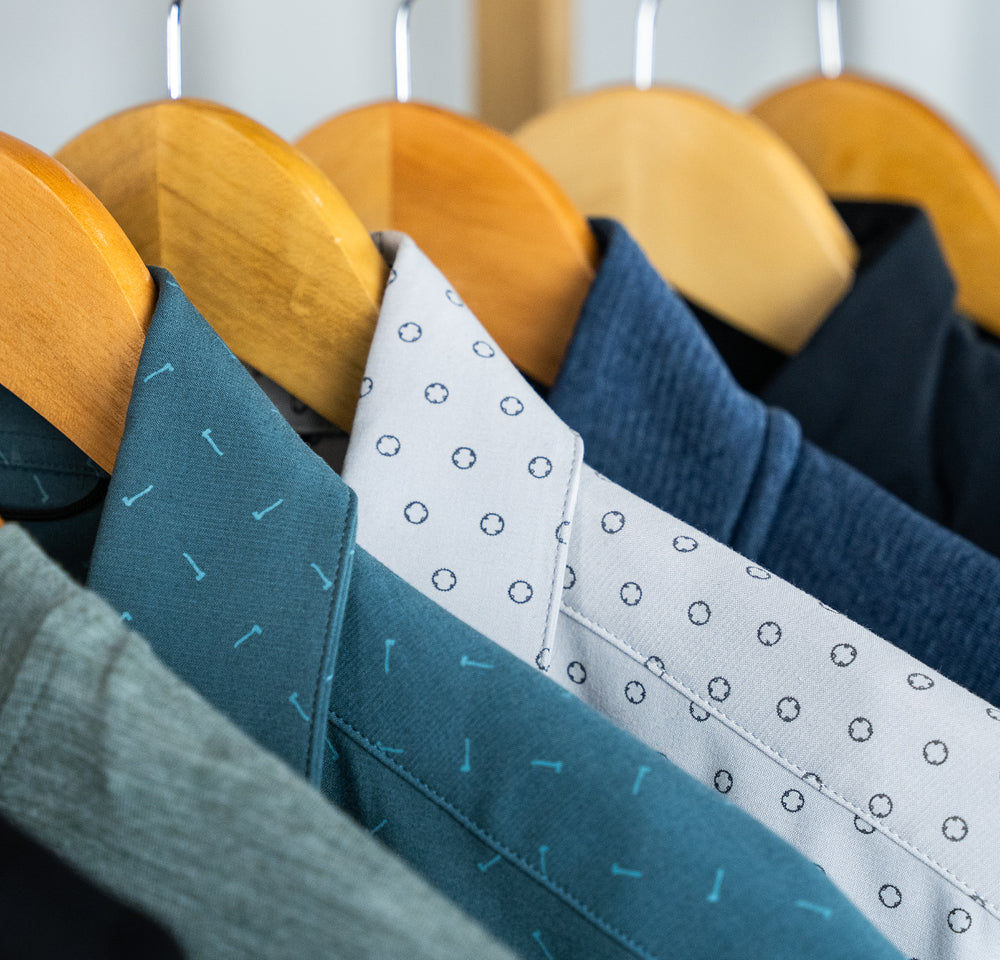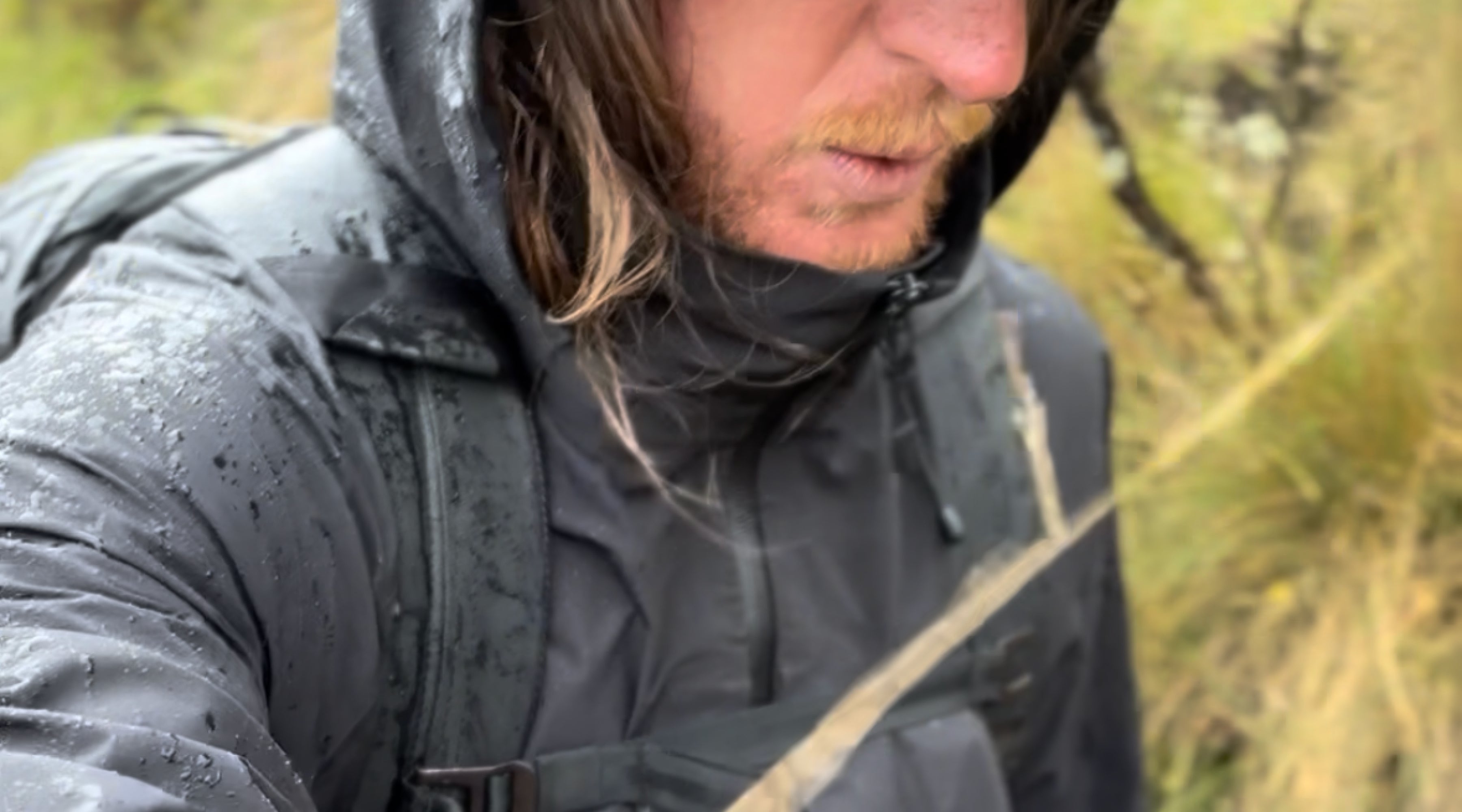Plain-English Guide for Choosing the Right Rain Protection
Not all rain gear is created equal—and if you’ve ever bought a jacket expecting it to block a downpour only to end up soaked and frustrated, you already know that.
In the outdoor world, "waterproof" and "water-resistant" are NOT interchangeable. They’re different technologies, built for different levels of weather—and understanding that difference can help you pick the right tool for the job instead of ending up like Kuzco in the middle of an adventure.

Let’s break it down.
Water-Resistant Jackets: Better Than Nothing (But Not Waterproof)
Water-resistant jackets offer a light layer of protection. They’re typically made with tightly woven fabrics and finished with a DWR (Durable Water Repellent) coating that causes light rain or mist to bead up and roll off.
Good for:
-
Light rain or short bursts of drizzle
-
High-output activities where breathability is key
-
Backup layers or emergency shells
Not ideal for:
-
Heavy, sustained rain
-
Wet snow
-
Long exposure in backcountry or mountainous terrain
Common in:
-
Windbreakers
-
Trail running shells
-
Lightweight activewear
In short: water-resistant jackets are water-shedding, not waterproof. They’ll buy you time in a quick rain, but they’re not built to take a beating from the elements.

Waterproof Jackets: Actual Protection (And Built to Perform)
Waterproof jackets are designed to block out rain completely, using membranes, sealed seams, and stormproof construction. They’re tested against standards like water column pressure to measure their resistance to water penetration.
Good for:
-
Heavy rain, sleet, and wet snow
-
Long hours outside in unpredictable weather
-
Backpacking, skiing, bikepacking, alpine adventures
-
Anything with prolonged or high-pressure moisture exposure
Not always perfect for:
-
Hot weather
-
Casual wear (unless you love being prepared)
Common in:
-
3-layer technical shells
-
Mountaineering and expedition jackets
-
High-performance rainwear
A true waterproof jacket includes a membrane that blocks water, taped seams to eliminate stitch holes, and reinforcements like synch waist cords, high collars, and adjustable hoods.
How to Tell the Difference
|
Feature |
Water-Resistant |
Waterproof |
|
DWR coating |
✅ |
✅ |
|
Waterproof membrane |
❌ |
✅ |
|
Taped seams |
❌ |
✅ |
|
Water column rating |
❌ (0mm–5,000mm) |
✅ (10,000mm–30,000mm) |
|
Pit zips / venting |
Sometimes |
Often |
|
Best use |
Light rain |
Sustained exposure |
So Which Jacket Do You Need?
Pick water-resistant if:
-
You’re mostly in light rain
-
You want a backup layer just in case
Pick waterproof if:
-
You’re heading into unpredictable weather
-
You want all-day protection from heavy rain
-
You’re carrying a backpack or doing high-output activity
However, no all waterproof jackets are created equal either.
Some claim to be waterproof but cut corners on materials or construction...or provide waterproofing with no consideration for breathable which results in your jacket becoming a sauna on the inside.
👉 Want to understand the real science behind waterproof breathable fabrics—and how to avoid wet out sauna life? Read our Deep Dive Here






